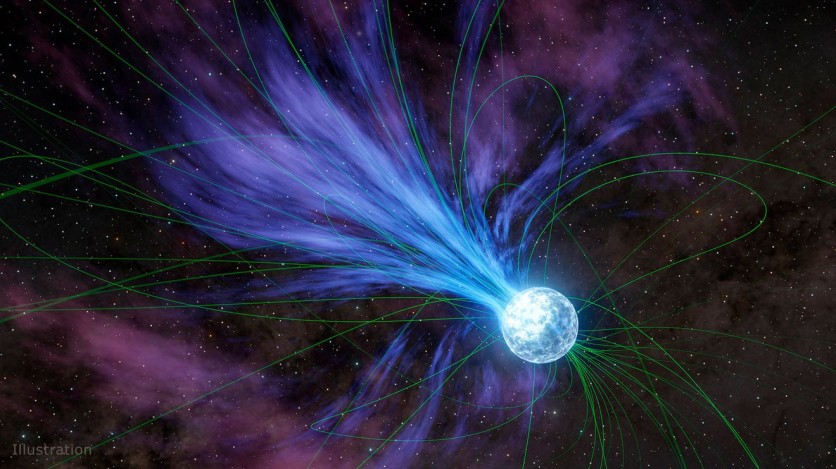Using two of the agency's X-ray telescopes, NASA said researchers were able to observe a dead star's erratic behavior as it released a bright, brief burst of radio waves.
With this, astronomers may be one step closer to shedding light on the enigmatic phenomenon of fast radio bursts (FRBs) originating from deep space.
According to NASA, these bursts are fleeting yet pack an energy punch comparable to the sun's annual output and emit light in a laser-like beam, distinguishing them from other cosmic explosions.

The Enigma of Fast Radio Bursts
FRBs have long puzzled astronomers due to their brief duration, making it challenging to pinpoint their source. Until recently, most FRBs were traced outside our galaxy, beyond the reach of observational capabilities.
However, in a significant breakthrough in 2020, a fast radio burst originating from a magnetar - a dense remnant of a collapsed star - within our own Milky Way galaxy caught researchers' attention.
In October 2022, this same magnetar, known as SGR 1935+2154, emitted another FRB, which NASA's NICER (Neutron Star Interior Composition Explorer) aboard the International Space Station and NuSTAR (Nuclear Spectroscopic Telescope Array) in low Earth orbit closely monitored.
This observation captured events preceding and following the burst, providing valuable insights into the magnetar's behavior.
'Glitches'
According to NASA, the burst was activated between two "glitches," which were abrupt increases in the magnetar's spin rate. SGR 1935+2154 is approximately 12 miles (20 kilometers) across and spinning about 3.2 times per second, which means its surface was moving at around 7,000 mph (11,000 kph).
The researchers were surprised to observe the magnetar's rapid deceleration within nine hours following the burst, a phenomenon unprecedented in magnetar behavior.
This rapid slowdown suggests a connection between the magnetar's erratic behavior and the generation of fast radio bursts. Magnetars, characterized by extreme density, exert a gravitational pull so intense that a teaspoon of their material would weigh a billion tons on Earth, according to NASA.
Consequently, their surfaces are volatile, regularly emitting X-rays and gamma-ray bursts. Before the 2022 burst, the magnetar exhibited heightened X-ray and gamma-ray activity, prompting the telescopes' focus.
However, despite the energy released in these prior events, they did not culminate in an FRB. The researchers believe that changes during the subsequent slowdown period created the conditions necessary for the FRB.
'Complete the Mystery'
One theory posits that disruptions between the magnetar's solid exterior and superfluid interior, similar to water sloshing in a spinning bowl, might trigger these events.
NASA noted that the resulting energy transfer could fracture the magnetar's surface, expelling material into space and causing rapid deceleration.
However, with only one observed event, the researchers acknowledge the need for further data to unravel the intricacies of fast radio bursts.
While this observation marks a significant step in understanding these cosmic phenomena, the mystery surrounding their origins remains unresolved, underscoring the ongoing quest for deeper astronomical insights.
"We've unquestionably observed something important for our understanding of fast radio bursts," said George Younes, a researcher at Goddard and a member of the NICER science team specializing in magnetars. "But I think we still need a lot more data to complete the mystery."

ⓒ 2025 TECHTIMES.com All rights reserved. Do not reproduce without permission.




